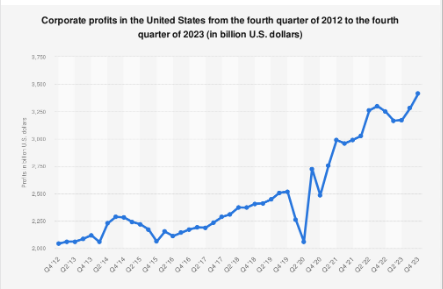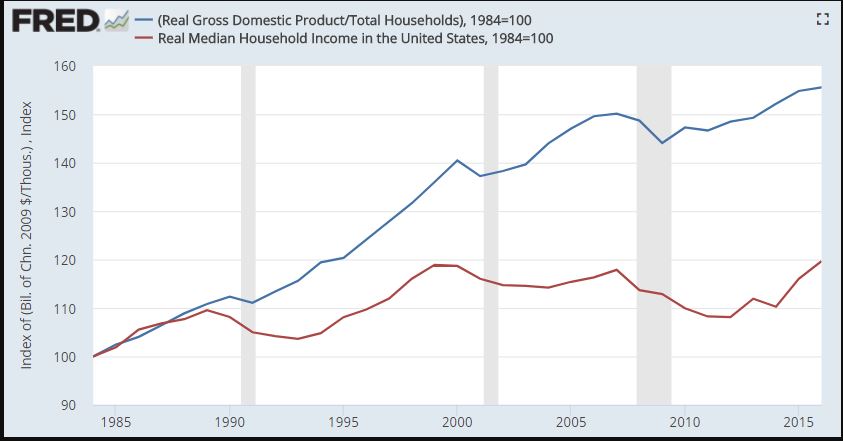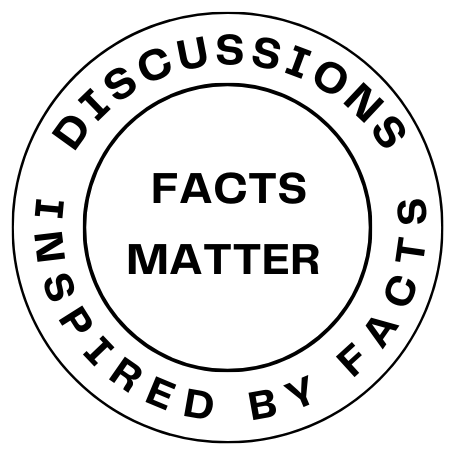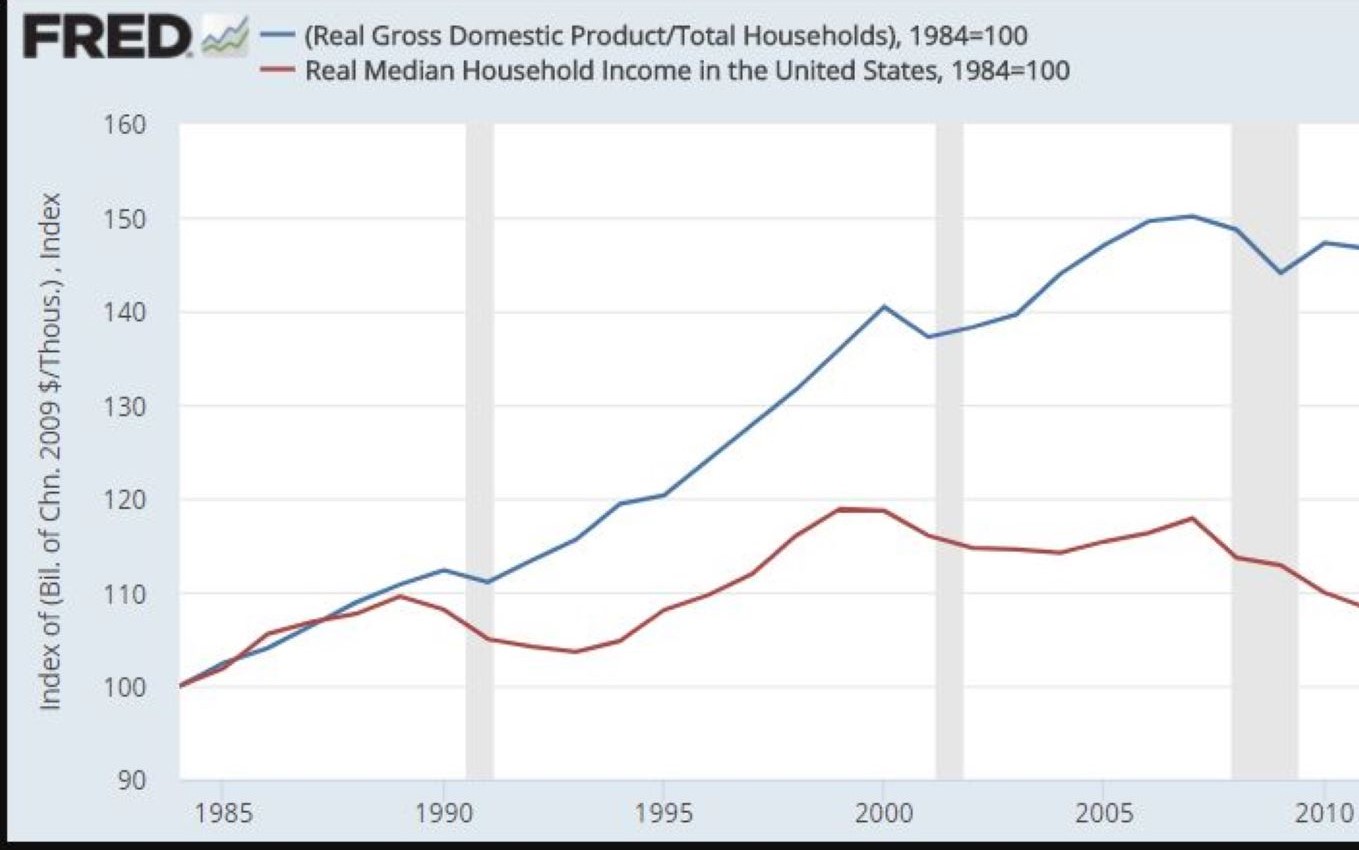The short version: This article offers insight into why the recent inflationary trends have been so hard on workers and their families. The spark that set it off was the pandemic. The blaze that grew from it was empowered by trends in our economy that began during the 1980’s, That’s when our economy changed from primarily rewarding labor to rewarding investment first. The article below has several graphs. The first shows how middle and upper incomes converged over time. The second shows when worker productivity separated from worker pay. The third illustrates how CEO income compared to worker income changed over time. When you examine the dates you will see it all began during Reagan’s first term. It’s easy to see that corporate America controls our economy, the costs of living and individual income. What follows is a wonky read but I think you will find it informative.
Our Economy can Do Better for Us
People are complaining about our economy. Many have, however, found it difficult to identify the actual cause of the problem. The pandemic intensified the conditions that have moved us toward this place for a very long time. Shortages were created in manufacturing and shipping long distances between plant and consumer that were difficult to resolve . Businesses began to experience significantly higher costs of almost everything. Shipping a container of merchandise from China cost about $1,300 in 2019. That same container shipped in late 2020 cost almost $3,500. Those costs were passed on to consumers along with the usual and sometimes unusual profits for investors. They took advantage of high demand to make up for lost revenue and adding a little extra profit helped them do that. In our system that’s what they do when consumers allow it. It is truly supply and demand. The chart below shows how profits tanked in 2020 only to rebound strongly in 2021.

Some years ago our economic engine changed to favor investment over labor. It’s not hard to see how and when that change took place. Just look at what happened in the 1980’s. After the war, converting factories from producing war materials to consumer goods was labor intensive. Workers could make demands on businesses for better working conditions and wages. They did that through increased union power. Those conditions began to put a strain on economic growth during the late 60’s and 70’s. The oil embargo in 1973 caused oil prices to quadruple and that set off a series of events that put the economy into dire straits. High inflation and reduced employment resulted.
When Reagan came into office he brought with him a group of financial advisors that wanted to deal with those issues by changing the mechanism that drove our economy. The chart below shows the result. It displays 100% of the U.S. economy and measures the percentage that is earned by middle, upper and lower income groups. It begins in 1970 but the ratio had not changed much before that. If you look closely you will see that it wasn’t until the early 80’s that the middle and upper income lines began to move toward each other more quickly. Middle income earnings began to fall as a percentage of all income while the upper income percent was rising. The lowest wage earners percentage of total economic value has changed little.
I’m going to state the obvious here. If middle income earners were sharing 62% of all economic income they would have more to spend on the things they need or want. We can never return to that point but we can at least stop the erosion of the percentage middle earners do have.

David Stockman initially headed Reagan’s economic team as Director of the Office of Management and Budget. He was a politician who had little background in economics. Stockman is given credit for being the “Father of Reaganomics”. He resigned in 1985 after a lengthy article was published quoting him as saying “None of us really understands what’s going on with all these numbers”. He also told the reporter the 1981 tax cut was a trojan horse. What they were really doing was trying to install “trickle down” economics. He said “Supply side is trickle-down”. It was the shift from worker powered demand side to investor powered supply side economics that describes what happened. Stockman had help from very influential economists in making that change.
Arthur Laffer was a member of Reagan’s Economic Policy Advisory Board. He is known for his contention that taxes above a certain level will negatively affect economic activity and eventually lower tax revenue. He created what became known as the Laffer curve to illustrate this proposition. Laffer did not present any actual numbers or try to pinpoint an ideal tax rate. He supported the argument that lower taxes on business and individual income would stimulate spending, create economic activity and actually cause tax revenue to rise. The investment income generated would trickle down to lower income individual so everyone would be financially better off. Buying into the curve, even without any data, allowed Reagan’s administration to promote the tax cuts with broad unsubstantiated promises.
Milton Freedman was a Nobel Prize winning economist who supported free market policies over government intervention. He opposed almost all of the policies that had been used during the depression and after the war to return the country to a peacetime footing. He famously believed the only obligation an entrepreneur had was to maximize the return on investment. Any effort to have an impact on society was misplaced. Employees were tools to be used to make investments successful. Well, maybe that last part is a bit overstated but you get the idea.
Reagan was above all else a promoter who had a set of economic and social policies he wanted the country to adopt. And they did. In his inaugural address he told us “government is not the solution to our problem; government is the problem.” That idea has become the cornerstone of Republican governing philosophy since that time. When Republicans have controlled the levers of government they have cut regulation on business activity and reduced taxes with the promise of increased economic activity that will benefit all. They’re still selling trickle-down economics. It never has worked out that way. It has, in fact, allowed top earners to grow wealth faster with each tax cut.
The numbers make it easy to see. Prior to Reagan’s term worker productivity and income moved at about the same rate. After his term productivity has grown far faster than worker pay. Increasing productivity at lower cost translates into higher profits and return on investment. This is not going to change until we elect people who want to change it. That is very unlikely to be part of any Republican agenda.

Another way to look at business financial success flowing to the top is through CEO income compared to worker pay. CEOs were paid 399 times as much as a typical worker in 2021. Their pay has gone up 1,460% since just before Reagan took office.

We all know our system of rewarding effort is out of control. According to Fortune magazine in 1980, at the start of Reagan’s term there were 13 billionaires in the U.S. Adjusted for inflation the richest of those was worth $6.15 billion. Today there are more than 748 billionaires with a combined wealth of about $5 trillion. An extreme example is Elon Musk who was recently paid over $50 billion as CEO of Tesla.
Cutting taxes and regulations on how businesses make money does little to help people who earn a salary or hourly wage. The Reagan revolution wasn’t about making most people better off. It was about stopping the erosion of upper class and corporate control over our economy that was occurring after the war and into the 70’s. They succeeded. It’s up to us to get this economy producing for workers again. To do that we need to change the tax structure and make it easier for workers to have a say in their income and working conditions. We certainly don’t need another tax cut that primarily benefits the highest income earners. If we hire republicans in this next election that is what will happen. Don’t do that.

